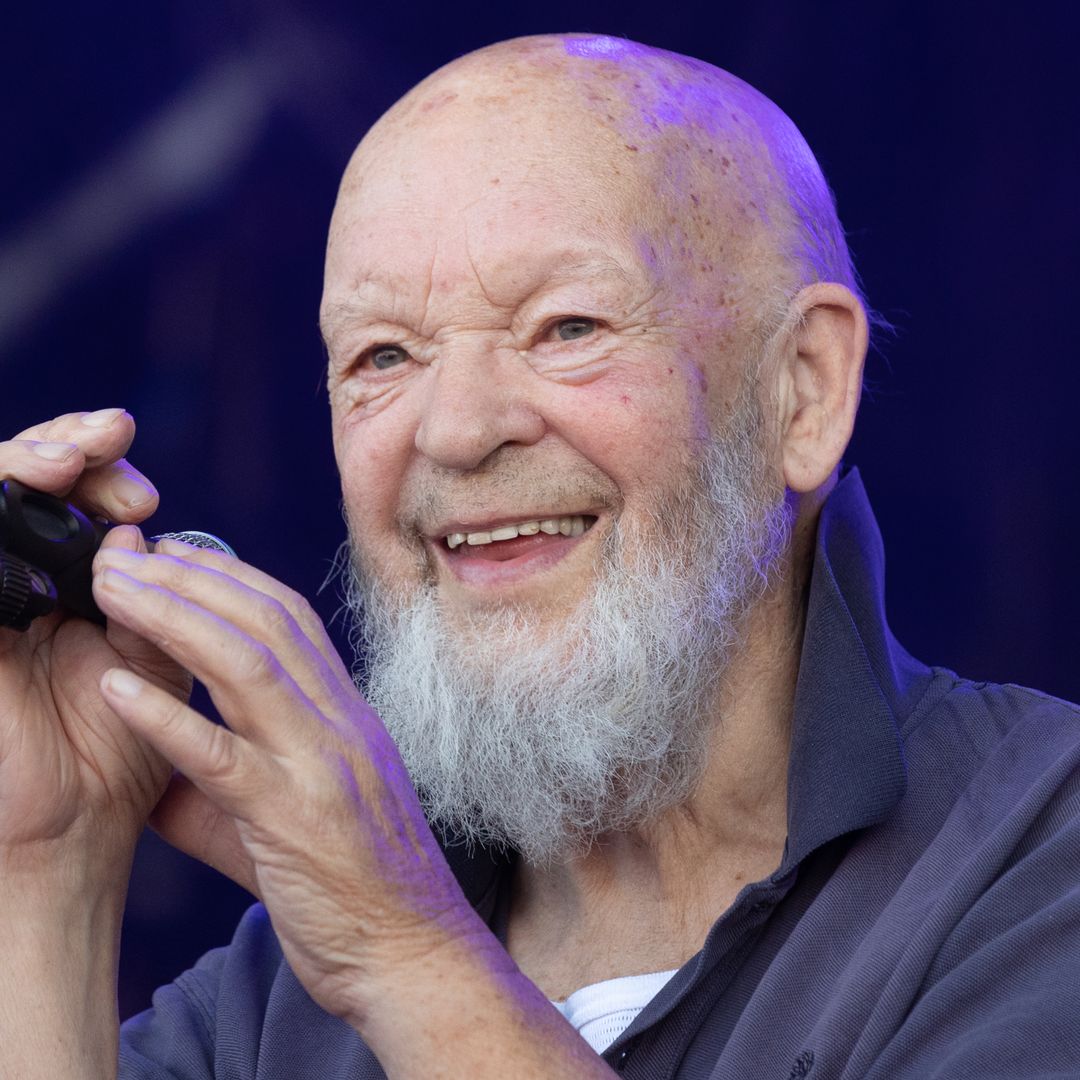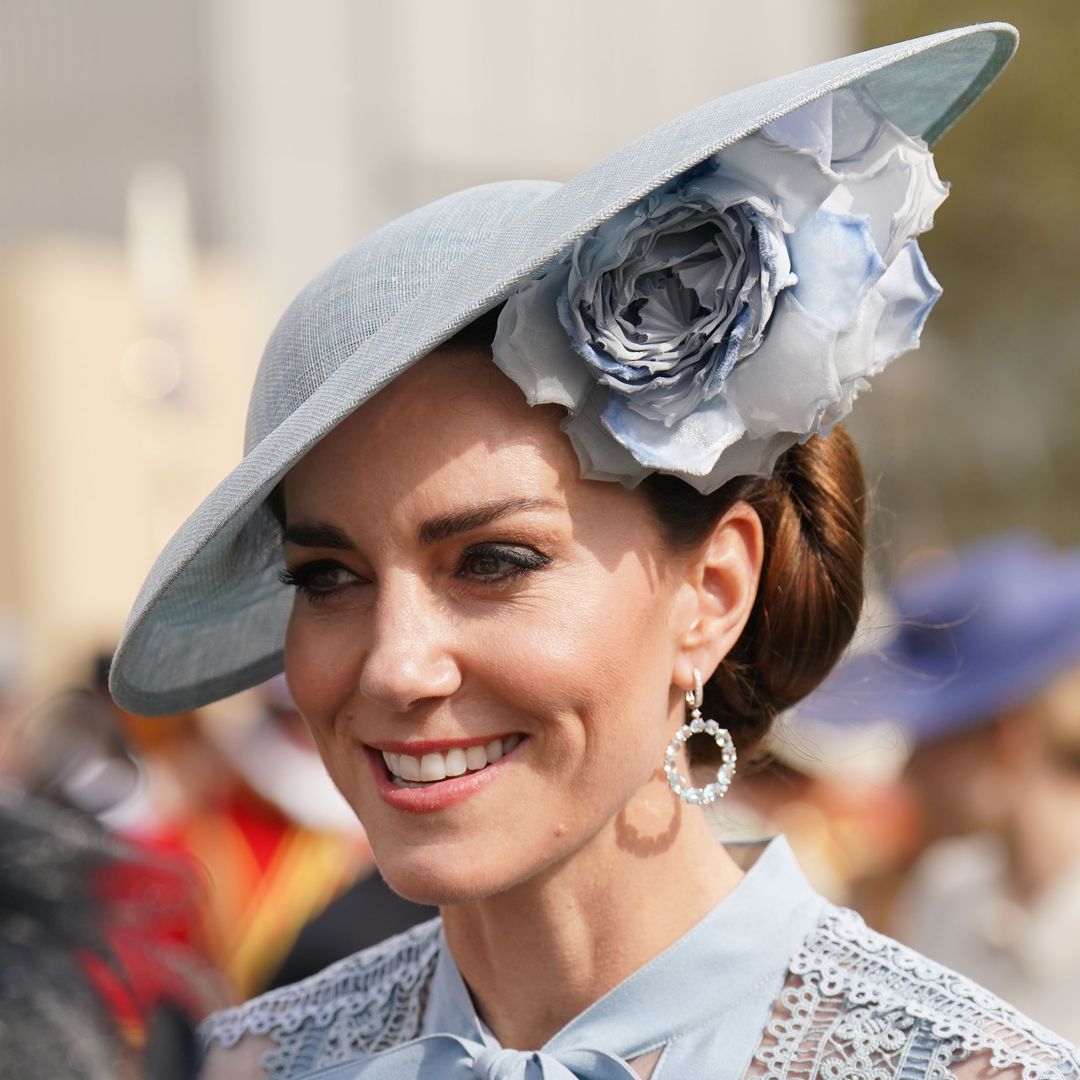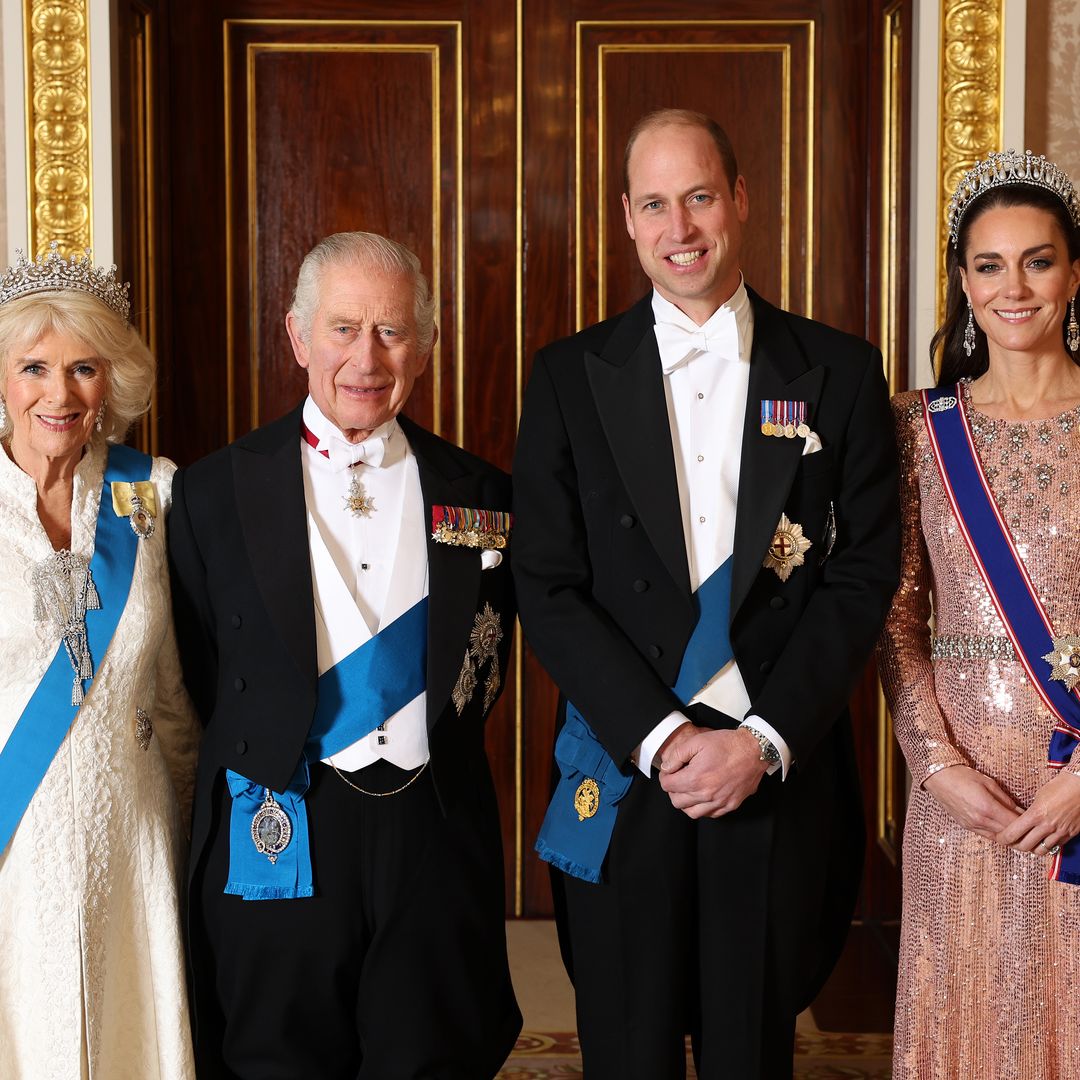Home for the Japanese royal family is the 17th-century Imperial Palace located in 300 acres of sprawling gardens, woods and parkland at the heart of Tokyo.
In 1603, the first leader of the ruling military shogunate, Ieyasu Tokugawa, authorized the enlargement of the site's original building, Edo Castle, with the intention of creating a political and economic centre for the nation. A few stones from the castle can still be seen in the palace's walls, moats, turrets and gates.
Work continued for over 100 years and by 1710 it was the largest in Japan, sprawling over nearly 20 square kilometres. When the last Tokugawa shogun surrendered to imperial forces in 1868, the then emperor Meiji transferred the seat of power from the southern city of Kyoto to Edo - now modern-day Tokyo - and made the palace his official residence.
During World War II the building was severely damaged by Allied bombs, but by 1968 had been restored to its former glory. Today, it is maintained by a 1,000-strong staff and over £28 million a year is spent on its upkeep.
Taking advantage of the palace's lush, azalea-strewn grounds are 65 different species of birds and, far from their coral reef homes, Gobi fish glide through its numerous moats.
While visitors can stroll freely through the public areas of the royal parkland, entrance to the Emperor's residence itself is possible only twice a year - on the Emperor's birthday and the second of January.
The official royal website can be found at www.kunaicho.go.jp/eindex.html








